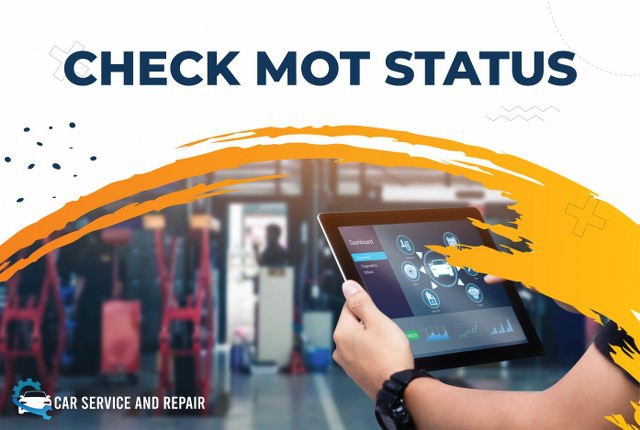
How the CV Joint Works, Symptoms, and Issues
On
both ends of the drive shafts, all front-wheel drive vehicles contain Constant
Velocity joints, or CV joints (half shafts). The drive shafts are connected to
the gearbox by inner CV joints, while the drive shafts are connected to the
wheels by outer CV joints.
CV
joints are found in many rear-wheel drive and four-wheel drive vehicles, as
well as trucks.
The
CV joints are required to transfer torque from the gearbox to the drive wheels
at a steady pace while considering the suspension's up-and-down motion. CV
joints supply torque to the front wheels in front-wheel drive vehicles during
turns.
This
is the reason why it is important to ensure that any issues with the CV joint
should be fixed as soon as possible by searching online for garages in Reading and
booking an appointment with a qualified car mechanic.
There
are two types of CV joints that are frequently used:
1. A tripod-type
2. A ball-type.
Ball-type
CV joints are used on the outside side of the drive shafts (outer CV joints) in
front-wheel drive vehicles, whereas tripod-type CV joints are used on the inner
side (inner CV joints).
CV Joint Problems
A
CV joint is sealed with special lubricant and two clamps hold a rubber or
plastic boot in place. A CV joint requires very little maintenance and may last
a very long period if the protective CV joint boot is not ruined. Original
CV-joints are common in cars with over 100,000 miles on them.
The
most common issue is when the protective boot on a CV joint cracks or tears.
The grease leaks out, letting moisture and debris into the CV joint, causing it
to wear down faster and eventually fail due to corrosion and a lack of
lubrication. Because the outer CV-joint boots are subjected to more movement
than the inner ones, they typically fail first. CV boots are usually inspected
during periodic maintenance visits. When looking for car services near me
online to book your car in with a reputable garage, cracks, rips, loose CV-boot
clamps, and other damage will be checked by the technician.
Worn CV joint Symptoms or a damaged CV joint boot
When
grease comes out of a small crack or tear in the CV joint boot, this is an
early warning that the CV joint boot is deteriorating. You may notice black oil
splashed on the inside of the rim and around the CV joint if the damage is
severe. If your complete a MOT history check online, the report will
most likely confirm a MOT failure due to a torn CV boot.
The
CV joint will wear down and finally fail if the vehicle is driven with a
damaged CV joint boot. A clicking or popping sounds when rotating is the most
prevalent indication of a damaged outer CV joint. When you accelerate in a
turn, the noise grows louder.
It
is unusual for the inner CV joint to fail. One of the signs of a deteriorating
inner CV joint is lateral (side-to-side) shaking or vibration during
acceleration. A worn-out inner CV joint may clunk when moving from Drive to
Reverse or from acceleration to deceleration.
It
is recommended to check
MOT status of your vehicle and repair any CV joint problems beforehand
to avoid a MOT failure.
If
you check MOT history
online for your car, one of the most prevalent reasons of MOT failures is a
minor tear in the CV boots, which can cause grease contamination of the brake
pads and discs due to their proximity to the brakes. Because they have to
withstand greater movement than the inner CV boots, the outer CV joint boots
are more likely to break.
A
MOT history report is an important piece of document as this will
confirm the history of the mechanic status of your vehicle.
When
a damaged CV joint boot is discovered early enough, it is usually only
necessary to replace the boot and repack the CV joint with new grease. This is
far less expensive than completely replacing the CV joint or drive shaft.